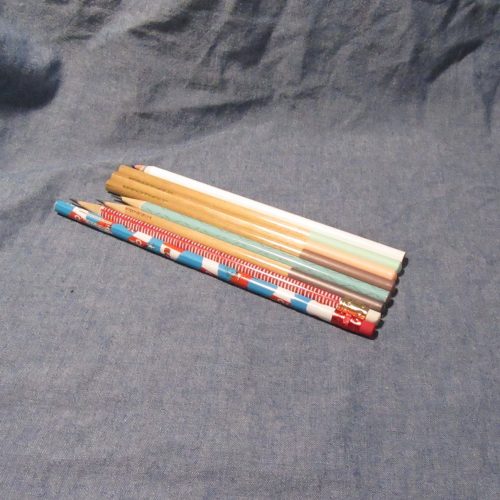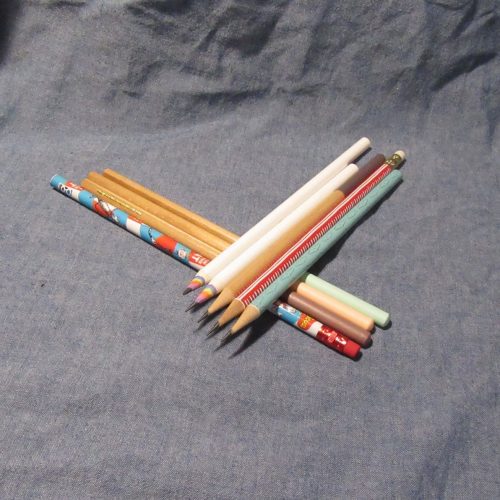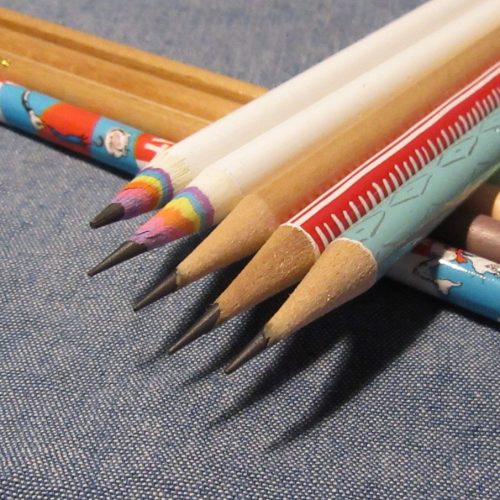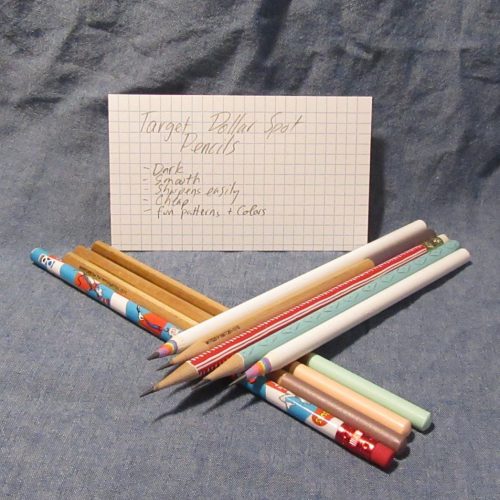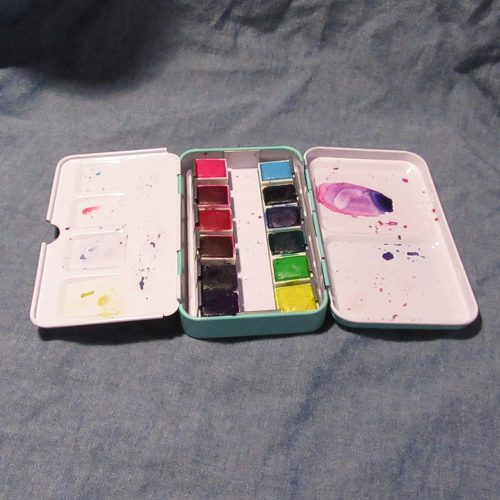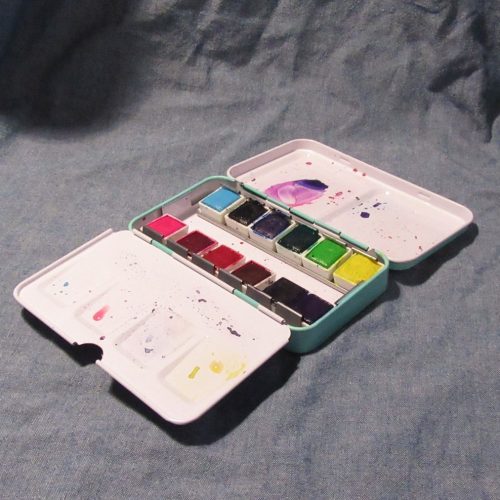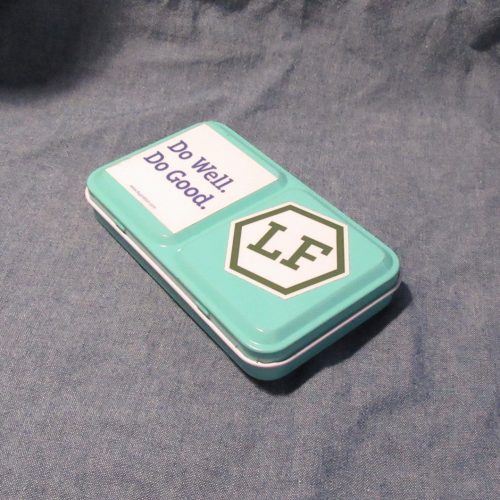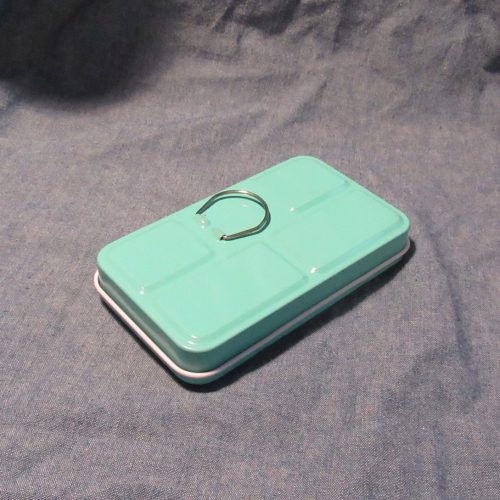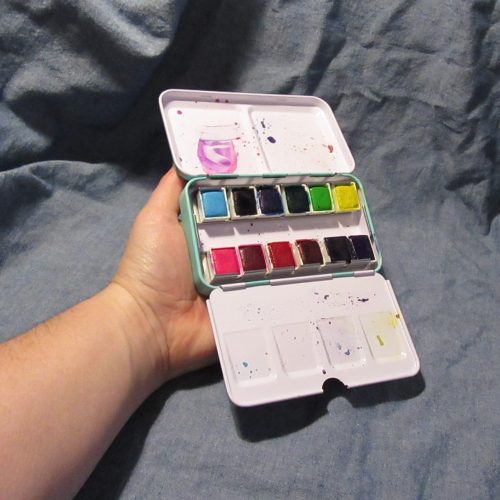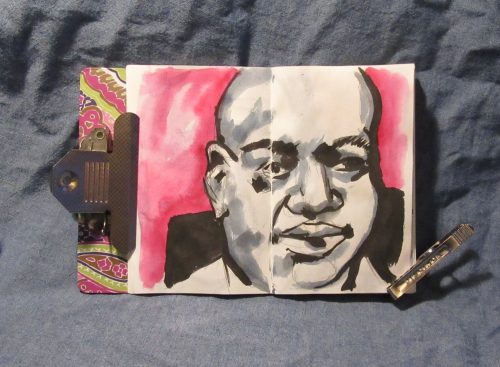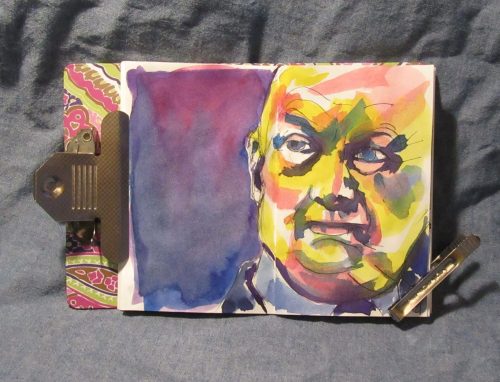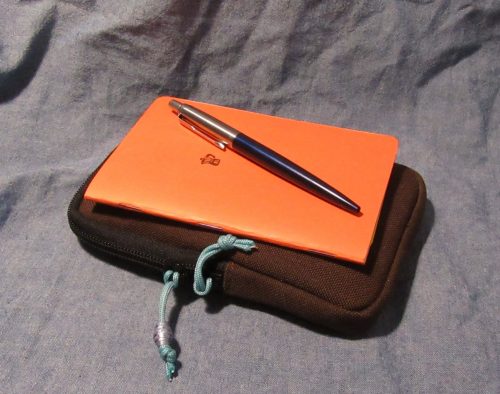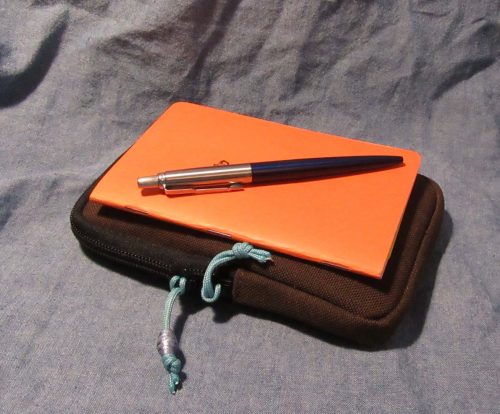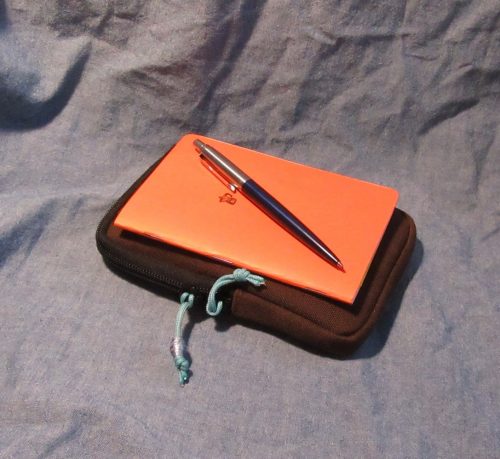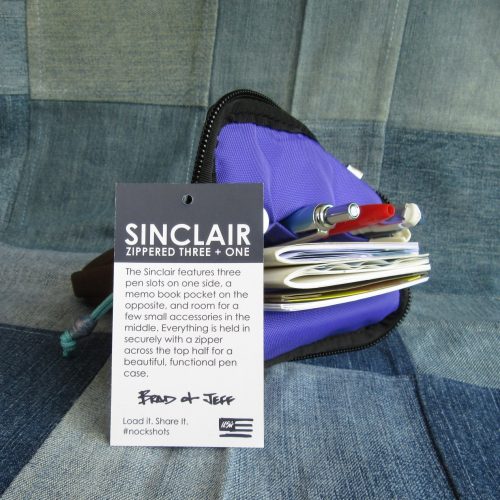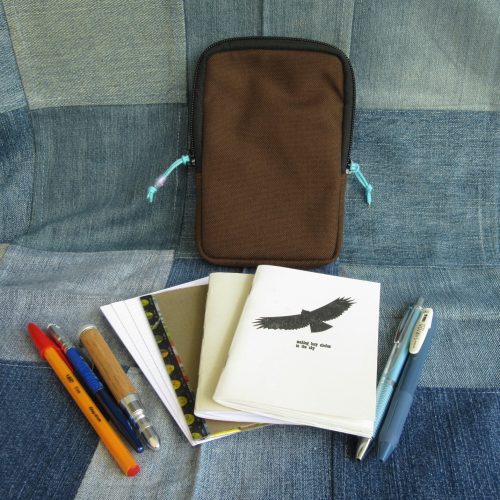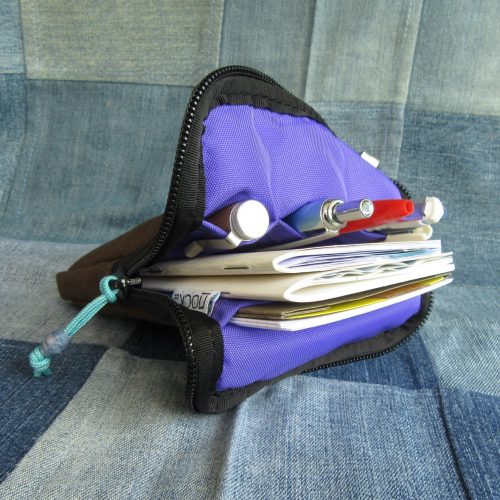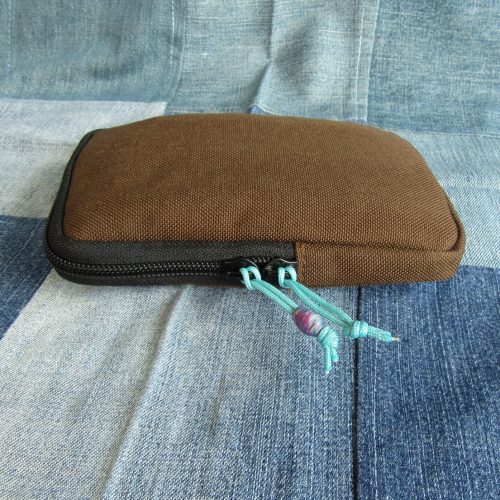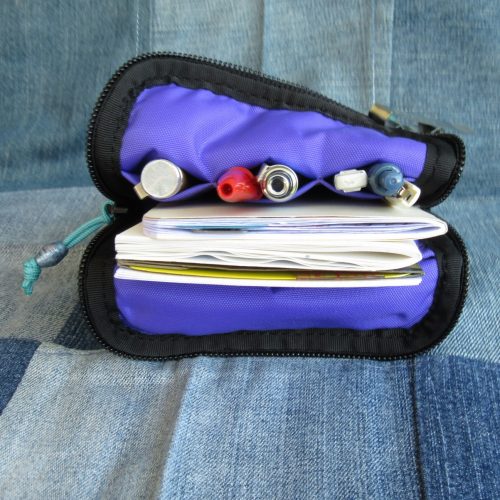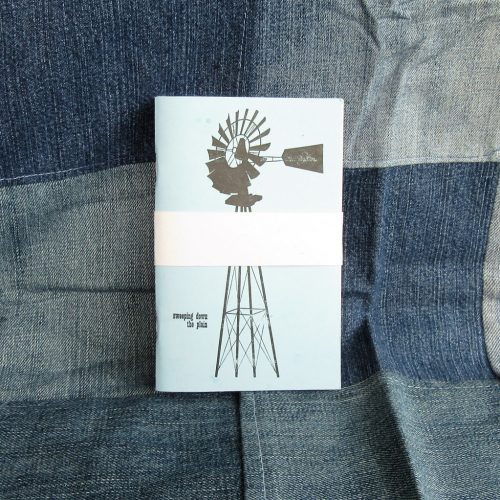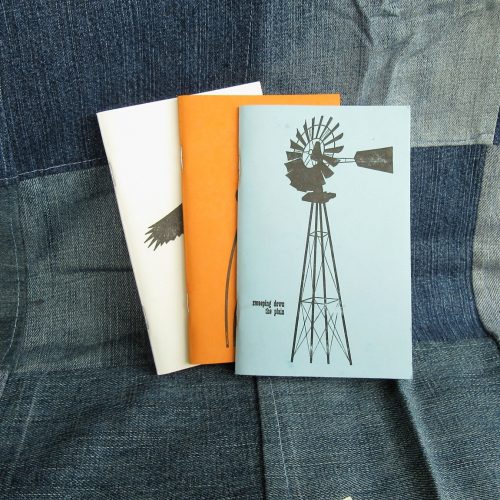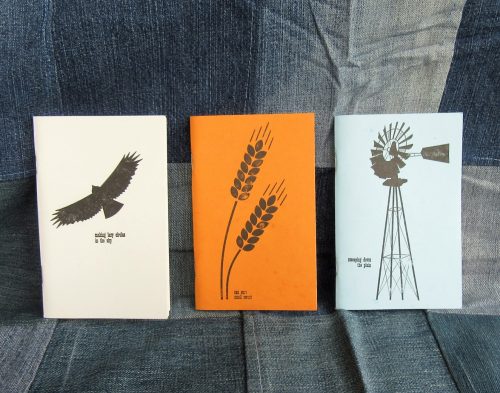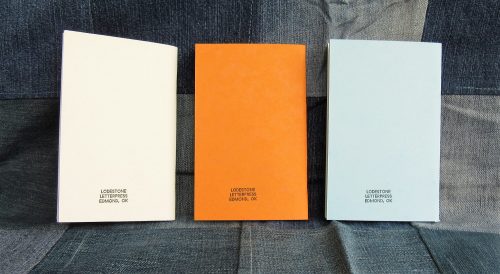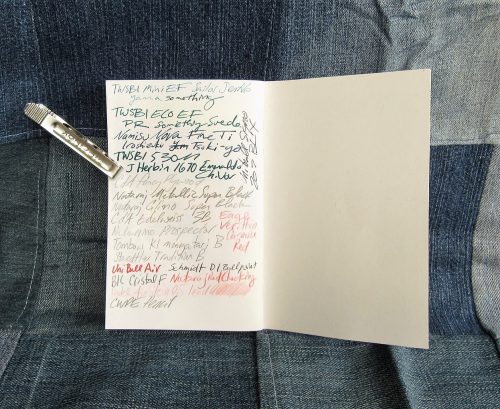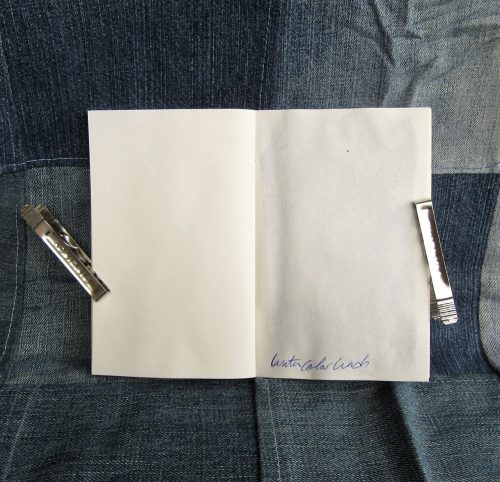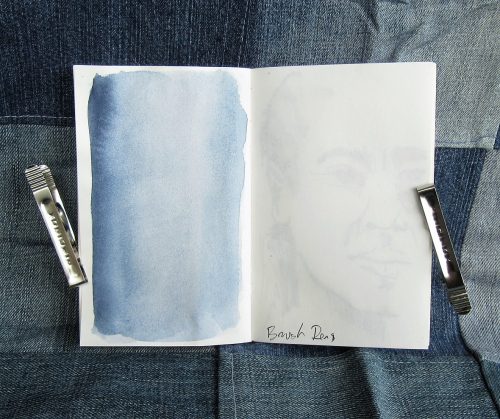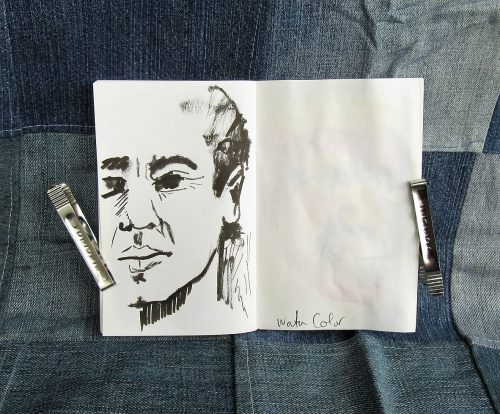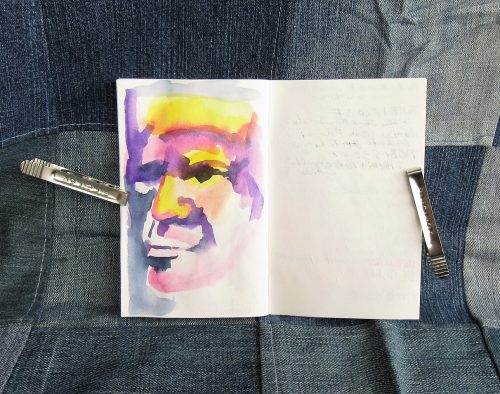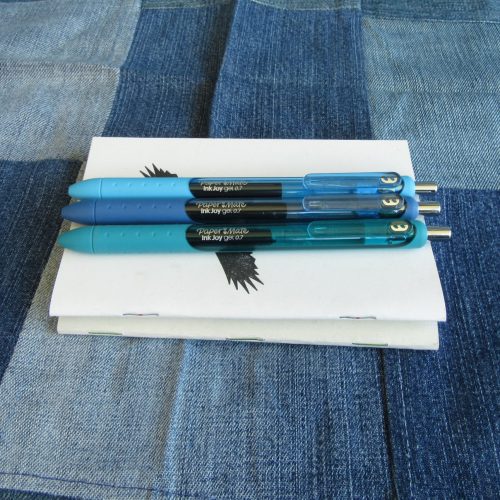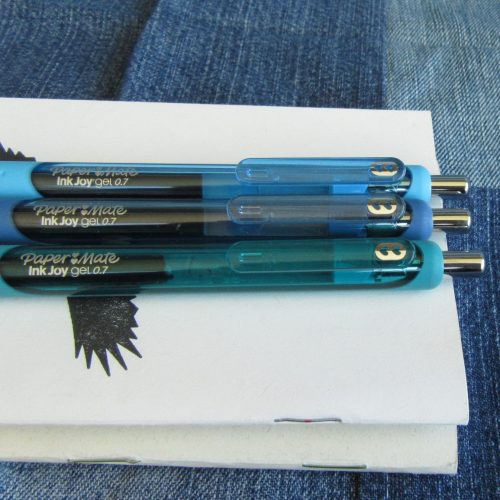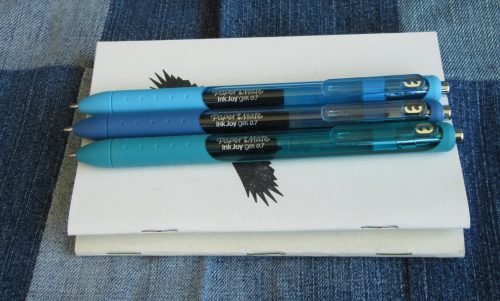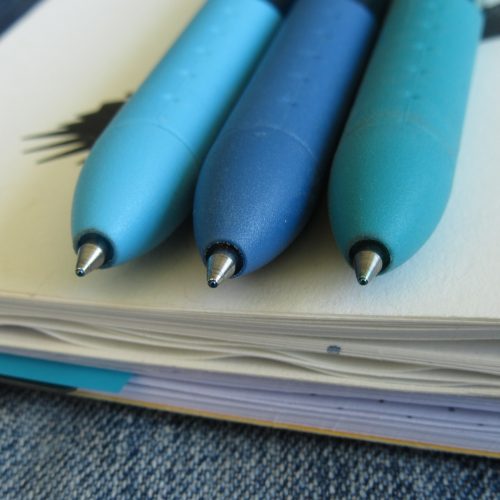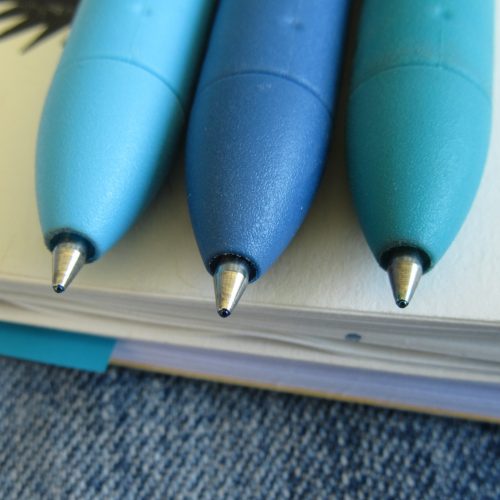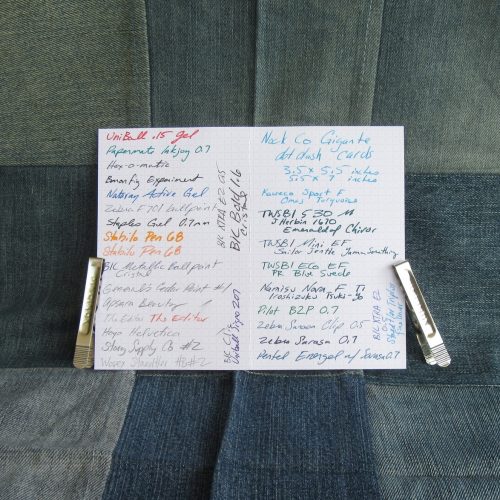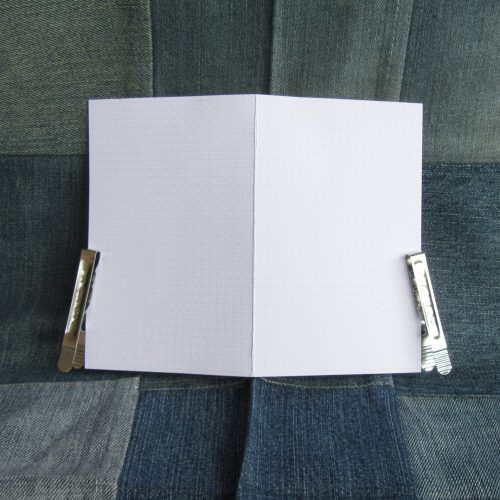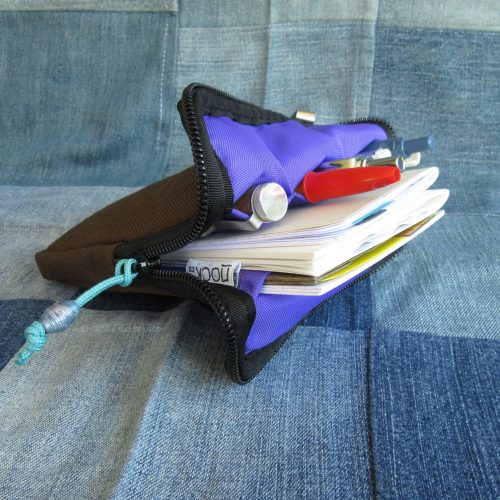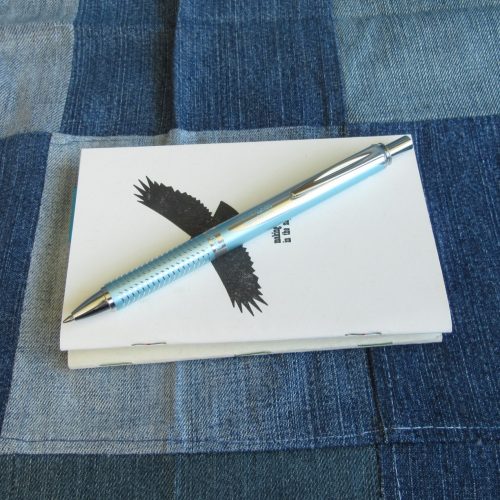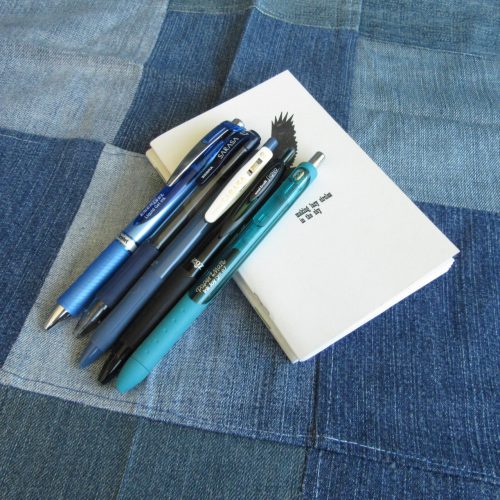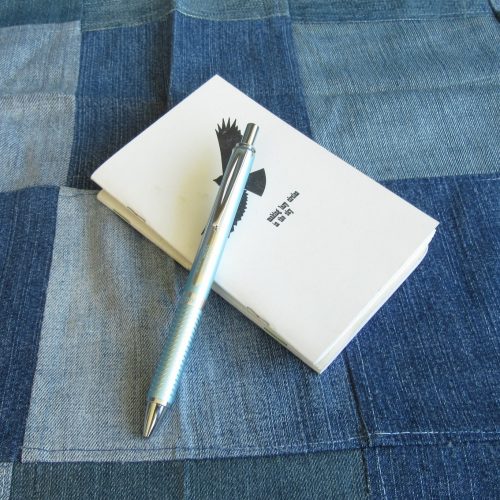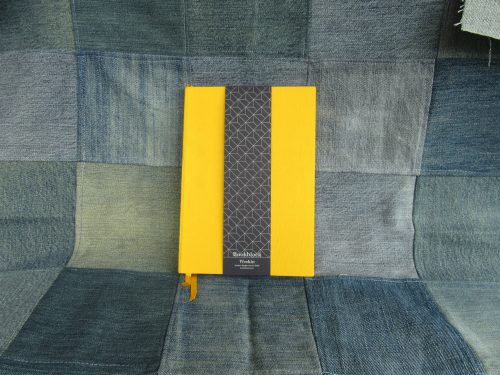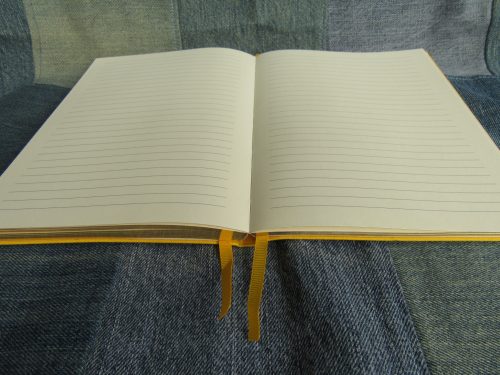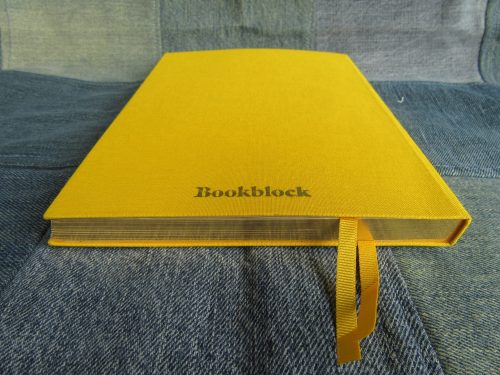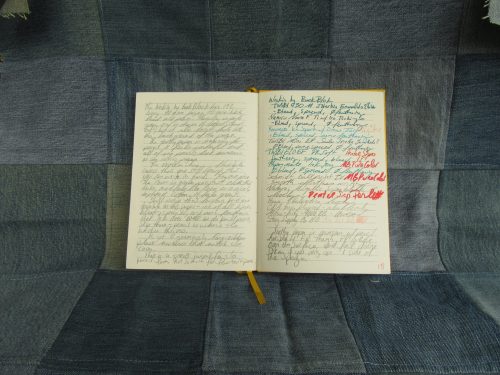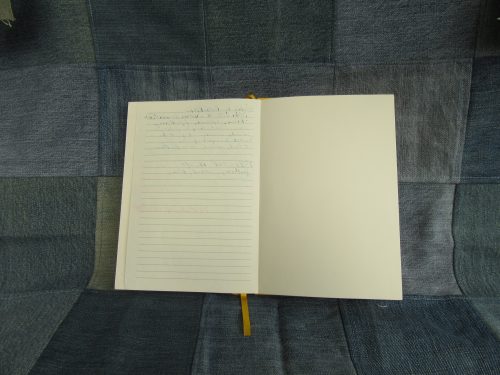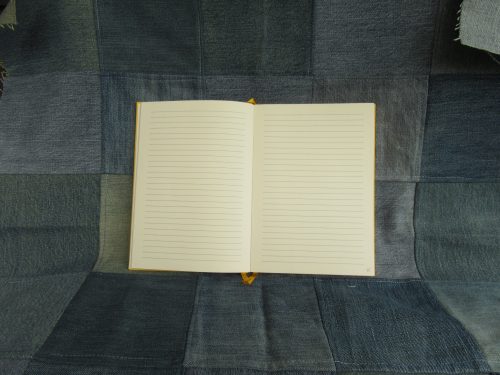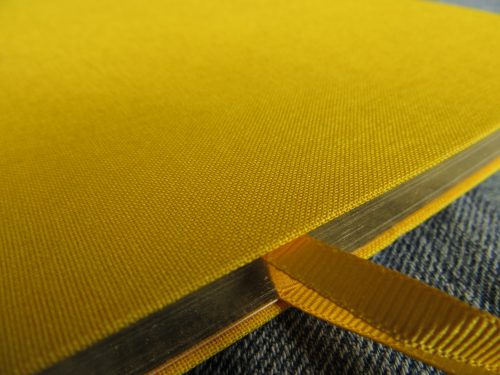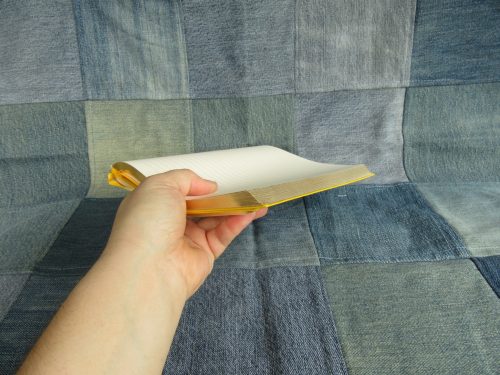I’m calling this final part of the BtSS Roundups the “Drug Store Edition.” There are some very surprising entries and some of the typical offerings as well. Most of the drugs stores in my area had the typical Mead offerings- 5Star and the generic cardboard covered. They weren’t on sale at any of the drug stores in my area. I only picked up brands and styles that are new to me. Again all are typical size for a comp book and college ruled unless otherwise stated/
Entry 1: Wexford Made in Vietnam 69 Cents Walgreens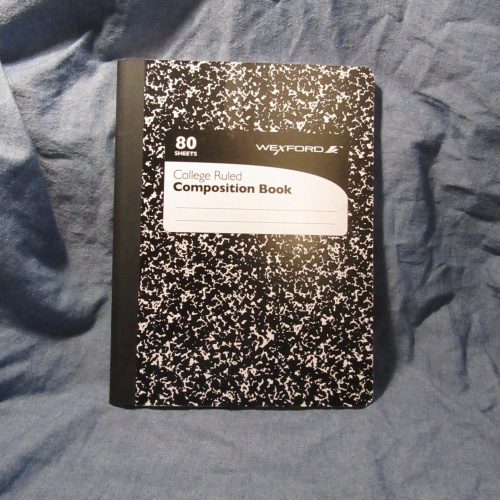
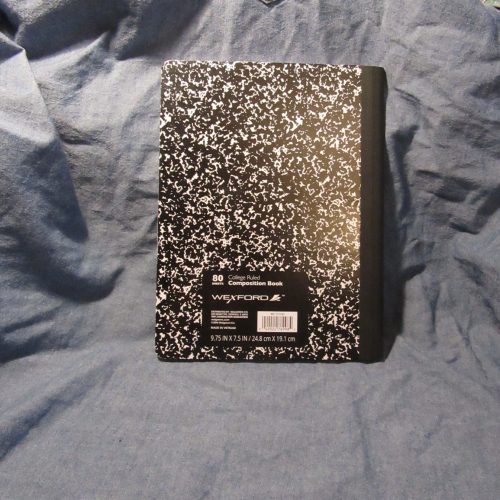
Finally a classic marble covered composition notebook. The cover is sturdy and thick. The label area is unnecessarily large but gives more than enough space for information. The tight stitching is covered with appropriately sized textured paper tape. Overall this comp bool is a classic design.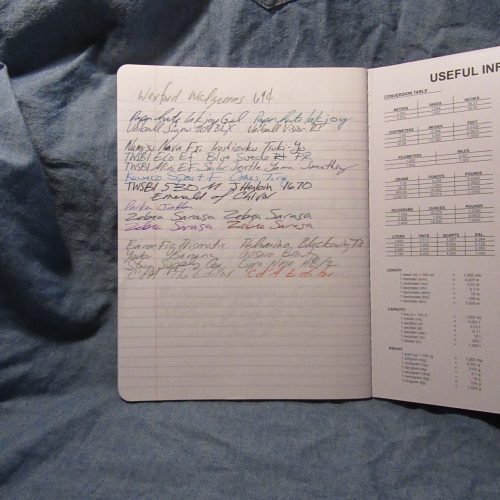
Inside there are 80 pages with very pale blue lines. The printing of the lines is super thin too. The lines disappear behind all writing. Pencil feels great on this paper, smooth but with enough tooth to get a nicely dark line. Gel, rollerball, and ballpoint work great. Fountain pen glides across the surface. There is no feathering, spread, or bleed. The ink dries quickly but there is a great deal of sheen and shimmer in those inks. Fountain pen is lovely on this paper.
Entry 2: StudioC Forest Friends Made in Vietnam $3.29 Walgreens
StudioC Poly Cover Sugarland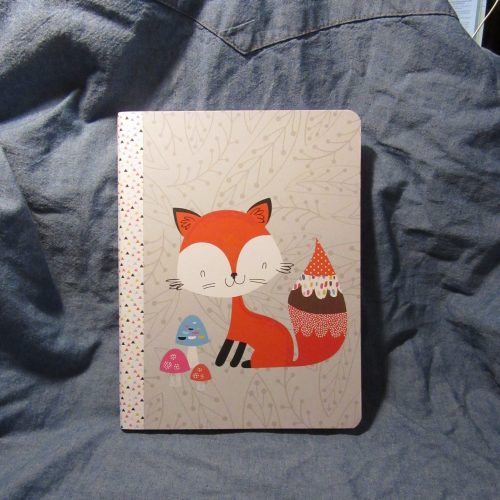

Like the other StudioC offering this sports a really cute design, but on a very sturdy, super thick card cover. The poly covers were also nice and thick. I picked out an owl, then a fox, then more patterns, because why not? The spine is covered with textured paper tape with it’s overly cute design and it matches the gray tones of the cover. It is also appropriately wide, and looked proportionally right with the design.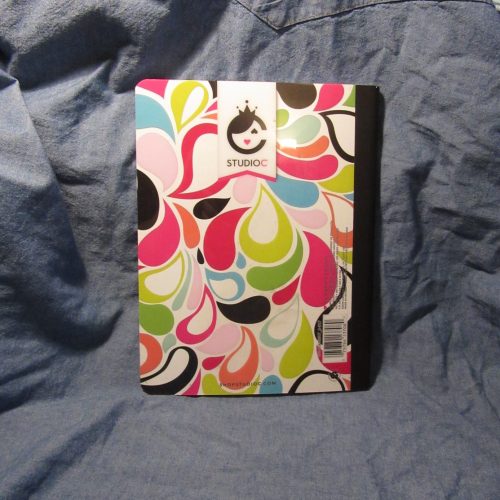
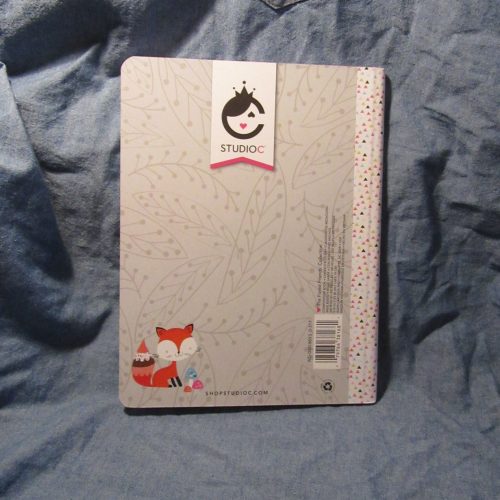
Inside are 100, wide ruled pages. They are available in college rule but I was so distracted at the cute cover that I forgot to look at the contents. Repeat everything I said about the previous Studio C offering. The paper is stellar for everything. Fountain pens, gel, rollerball, ballpoint, and pencil all perform wonderfully on this paper. The ruling has a wide line and is a bright distinct blue. It does not disappear in the background.
I did not expect that both of the offerings available from Walgreens to be so spectacular. Thus far the Wexford is the price per page for performance for all pens and pencils to be beat. At 0.86 cents per sheet it sits on the low end of cost but on the higher end of performance. It’s not quite as nice as the 2016 copyright Mead card cover from Target or the StudioC but it is very close.
Entry 3 Office Depot Brand Card Covers $1.50
I’m reviewing all the Office Depot styles together as one because they all performed similarly.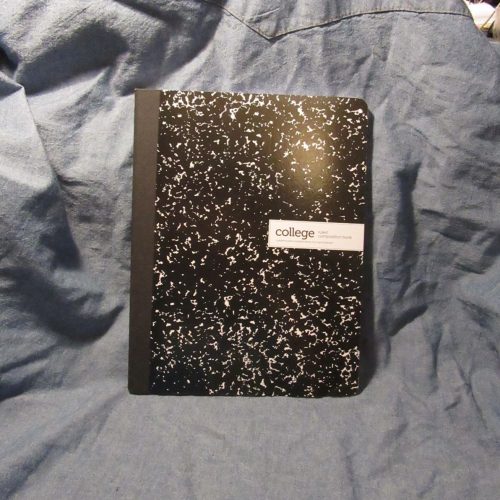
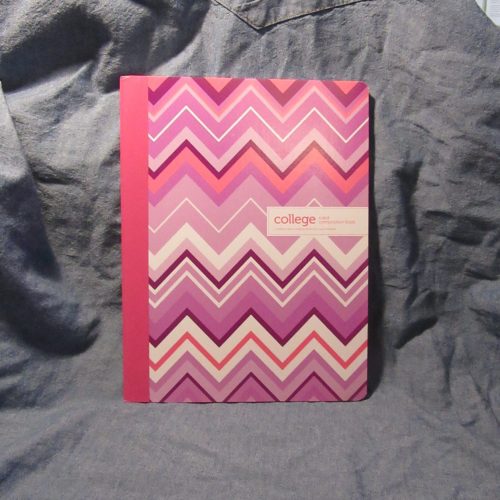
All of the offerings from Office Depot had unpleasantly smooth paper which lacked tooth for pencils. Pencils smeared but held a point for a long time. Fountain pens bled, feathered, and in some cases soaked through.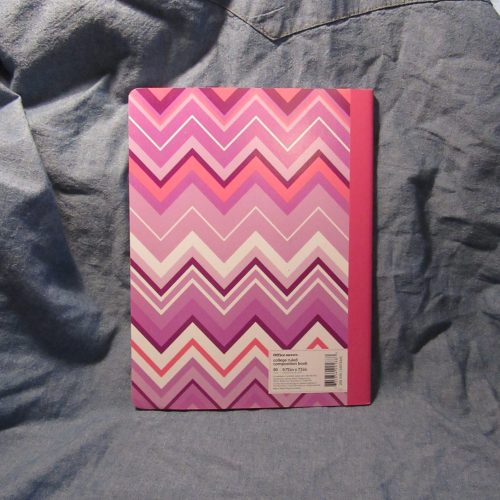
There are 80 pages well stitched into some of the flimsiest covers this competition has seen thus far. The notebooks can be curled into a circle. The card is so thin and floppy that it is clear it will not last.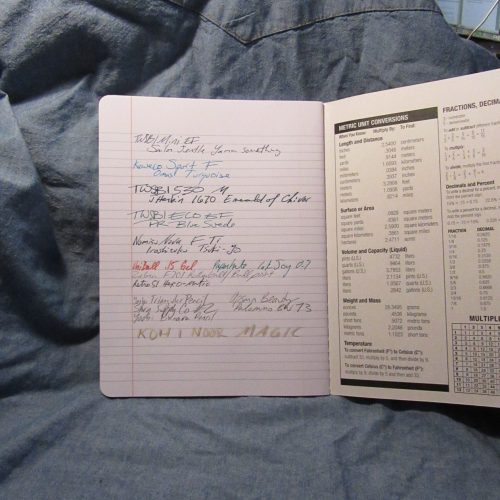
Junk.
Entry 4: Divoga Going Bananas Fashion cover. $2 Office Depot
This fails several levels of what I use to determine if a book is a comp book or not- it is perfect bound and perforated. Though I do not call this an actual comp book, you may be deceived by the labeling online- these are not stitched.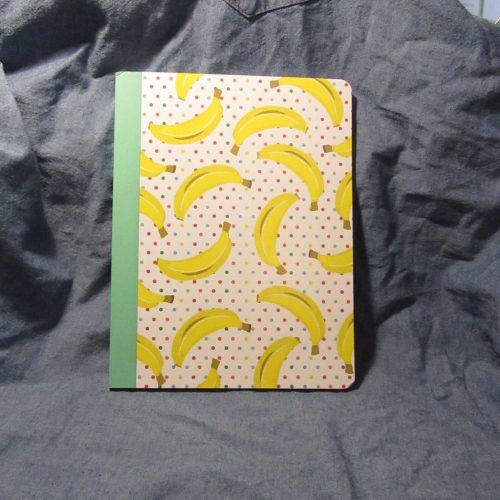
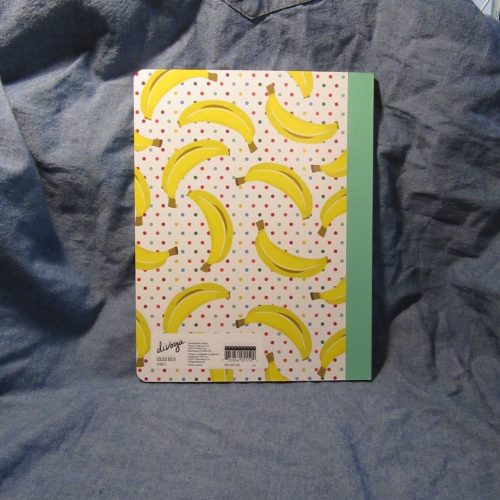
Inside the sturdy cute printed covers ios some of the crappiest paper this competition has seen thus far. It feathers, bleeds, and pencils smears. This combined with the perfect binding and perforations means everyone should avoid this notebook, or only buy it for someone who only used ballpoints- because yes, even gel ink bled through!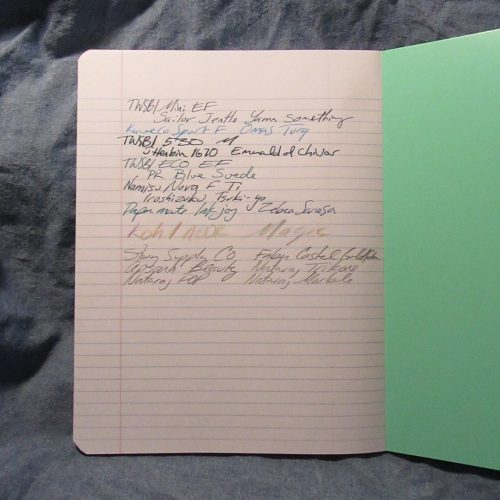
It is important to note that Walgreens and many of the drugs stores have prices that fluctuate weekly on many of their seasonal items. When I purchased the Walgreens offerings here they were at the prices listed, but shortly after the Wexford was offered at 99 cents and the StudioC were BOGO at the price listed. The following week still another price.
Entry 5: U-Style Block Party $3.69 CVS
This entry sports 80 pages which seems to be the new go to for a standard page number. The covers are cute and printed with fun designs but are also thin and floppy. The stitching is 1/3rd of an inch with is too wide, I prefer ¼ inch stitching in my comp books. The paper itself is… terrible. It feathers,bleeds, and soaks through with everything I used in it. Even ball point shows through. Pencil is a smeary mess.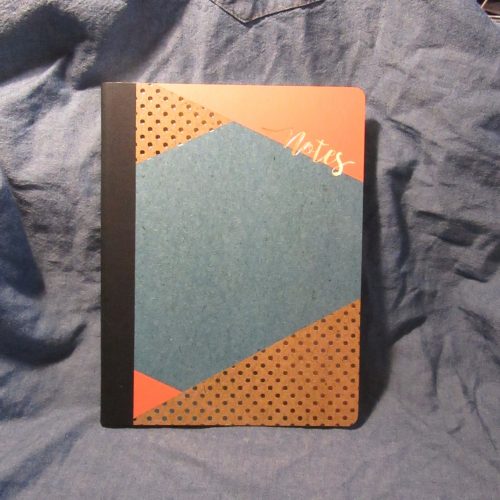
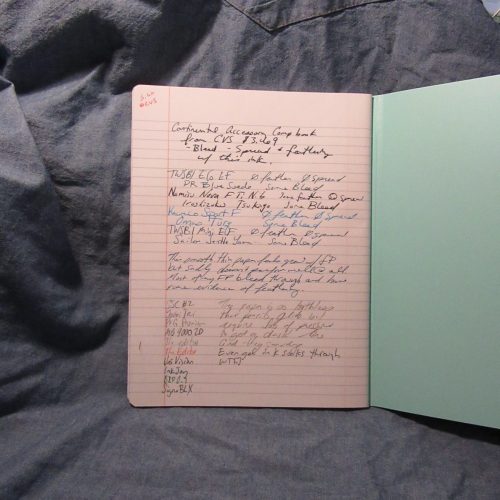
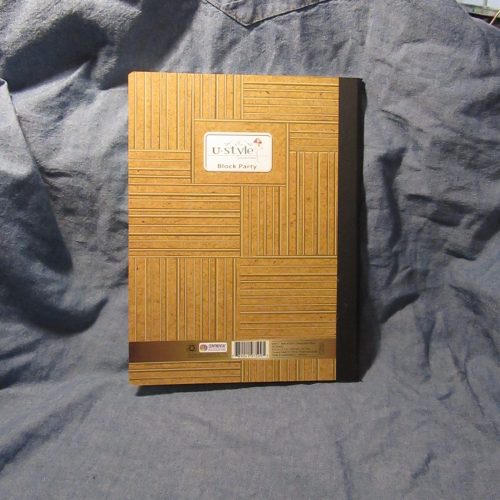
Garbage.
Overall, I’ve been really impressed by the StudioC, Wexford, and the Mead card covered. All these offered great paper at affordable prices. Granted the StudioC covers are super bright and eye catching, so if old school black marbling is your go to- you’ll be better off looking for the Wexford from Walgreens. The Wexford on sale is the best price per page, but the typical sale price of 99 cents isn’t bad either. The Studio C is the highest priced but also offers the best paper experience.
Continue reading →
